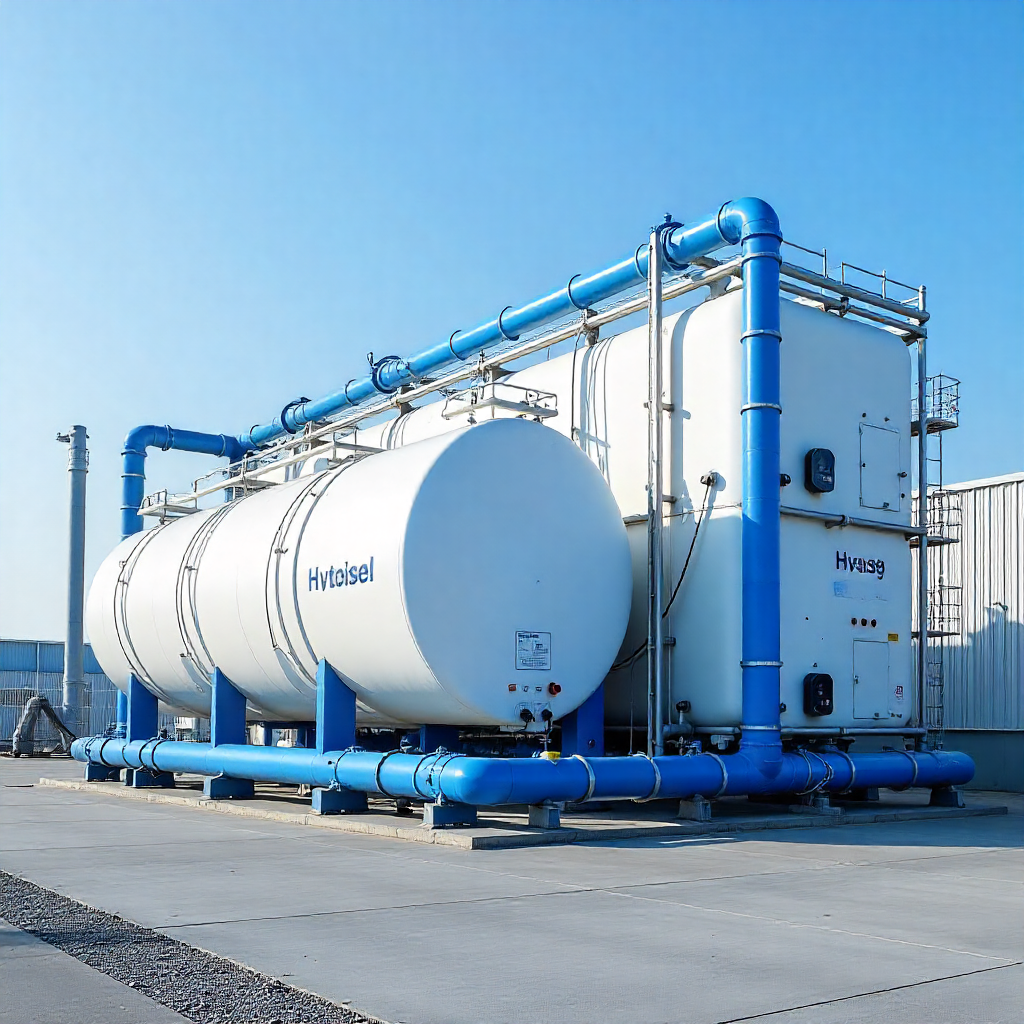Vikram Solar Ltd, a leading solar energy solutions provider, has introduced its latest product line—the HYPERSOL series, featuring n-type bifacial solar modules. The new modules are designed to deliver a power range between 605 Wp and 630 Wp, showcasing the company’s technological advancement in solar module engineering.
1. Technical Superiority and High Efficiency
The HYPERSOL G12R modules are constructed using 132 half-cut bifacial cells, based on the G12R rectangular wafer format (182mm x 210mm). This design enables efficiency levels between 22.38% and 23.30%, and a high bifaciality of up to 80%, allowing improved energy capture from both sides of the panel. With a temperature coefficient of -0.30%/°C, the modules promise stable performance even in high-heat environments.
2. Durable, Compliant, and Eco-Friendly Design
Each module is manufactured to meet global quality and safety certifications, including IEC, UL, and BIS standards. Designed with recyclable materials, the HYPERSOL modules align with global sustainability efforts while ensuring long-term reliability. Dimensionally, the panels measure 2,384 mm x 1,134 mm x 30 mm and weigh approximately 32.1 kg, with a ±5% tolerance.
3. Industry Insight and Strategic Focus
Commenting on the product launch, Gyanesh Chaudhary, Chairman and Managing Director of Vikram Solar, emphasized the company's commitment to innovation. He noted, “As the industry transitions to rectangular n-type solar cells, our HYPERSOL G12R series is a strategic response to meet the market's need for higher energy output and cost-optimized solutions. This launch reflects our dedication to pushing the boundaries of efficiency and promoting sustainable solar technologies.”
4. Reinforcing Commitment to Performance and Sustainability
Vikram Solar’s HYPERSOL series strengthens the company’s portfolio by offering next-generation solar modules that combine high efficiency with environmental consciousness. The product is aimed at utility-scale, commercial, and industrial projects looking for long-term performance stability, lower operational costs, and greater energy gains.




